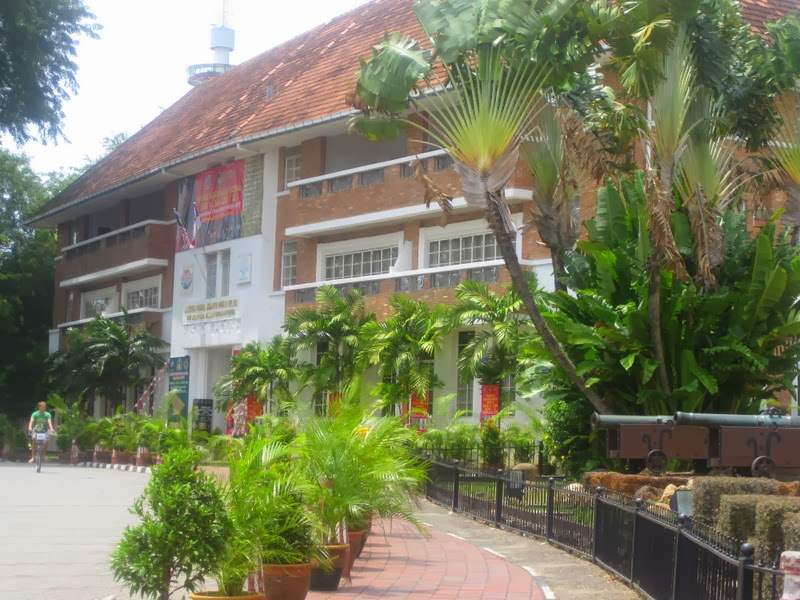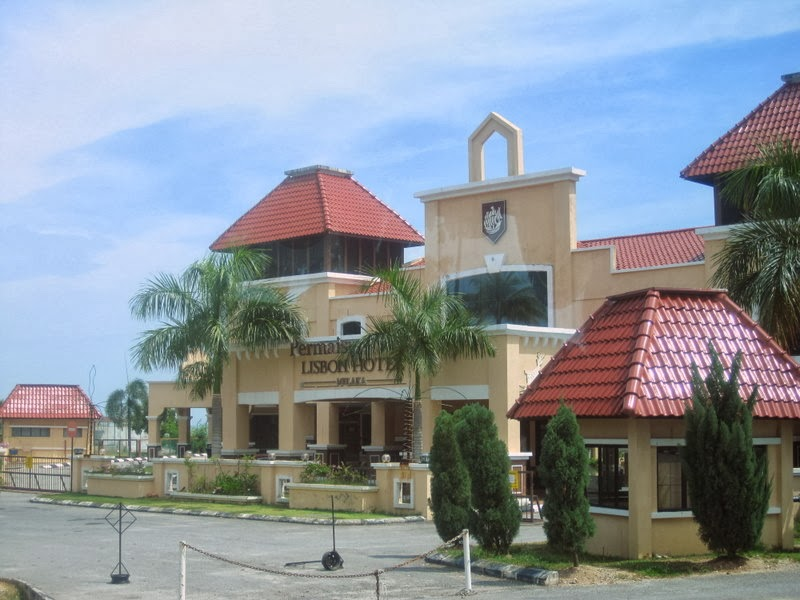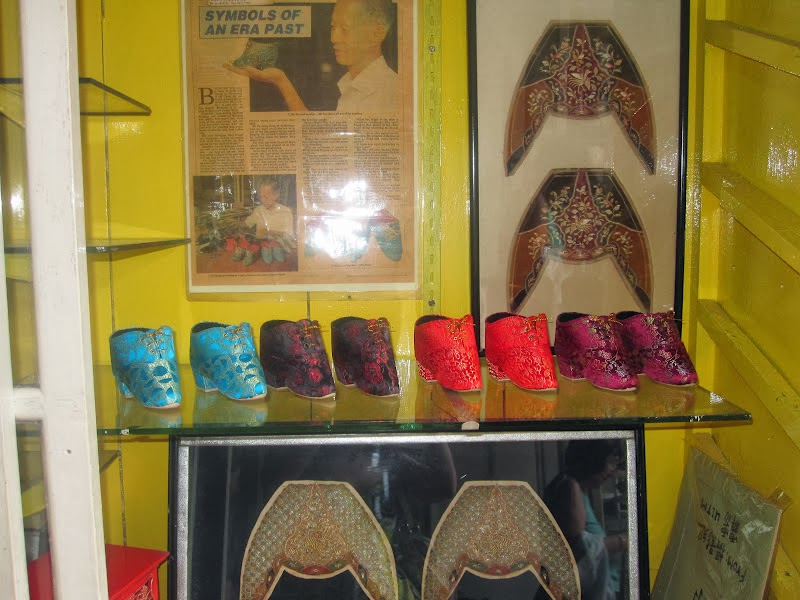Travel to Malacca, Malaysia
- AbouTravel.

- Oct 4, 2022
- 5 min read
MALACCA (or Melaka) is a historic coastal city located about 148 km southeast of Malaysia's capital Kuala Lumpur.
This charming city is a UNESCO World Heritage Site since 2008, with a rich trading history and multicultural heritage. Back in the 15th century, Malacca was one of Southeast Asia's greatest trading ports.
You can take a day trip excursion from Kuala Lumpur to Malacca and explore its colorful streets and
learn about the Malay sultanate and Malacca’s rise as an important trading port. You will also see the imprints of British, Dutch and Portuguese colonization left behind in forts, museums, churches and towers.
Malacca is easy to get around on foot or by a trishaw. As the unofficial historic capital of Malaysia, Malacca’s most prominent contribution to the Malaysian cultural landscape is the Baba-Nyonya or Peranakan culture, which still thrives in Malacca with a mix of old and new, with historical buildings standing side by side with ultra-modern shopping centres.
Some of the major attractions and places of interest are:

A’Famosa Fort
Perhaps Malacca’s best-known sightseeing spot. Built in 1511 to guard against attacks on Malacca, the settlement used to sprawl across a whole hillside but now only a lone gate (Porta de Santiago) remains. Originally constructed by Alfonso de Albuquerque (who led the Portuguese invasion on the Malacca Sultanate), the remains of the fort is now a crumbling whitewashed gatehouse and is located downhill from St. Paul’s Church.
It is one of the oldest surviving European architectural remains in Asia.



Red Square (Dutch Square)
The center of town is referred to as "Red Square" because of the Dutch-inspired red buildings.
Located near to Malacca’s Chinatown centre and the Jonker Street, the square is dominated by two impressive and important buildings - Christ Church and The Stadthuys. In the middle of the square, you will also see Queen Victoria’s Fountain.
Christ Church is built by the Dutch when they took possession of Malacca from the Portuguese and it's one of Malacca’s most defining and recognizable red-brick structures. Christ Church was built in 1753 to celebrate a century of Dutch occupation. The interior of the cathedral has 200 year-old handmade pews, decorative fanlights and plaques that honour Dutch soldiers and locals.
A lot of colourful trishaws are lined in the square that you can hire and enjoy a delightful ride.
Sitting opposite the Chist Church, the Stadthuys is believed to be the oldest-surviving Dutch building in the East.
Built between 1641 and 1660 on the ruins of a Portuguese fort, The Stadthuys of Malacca was the focus point of several successive governments (Dutch, Portuguese, British etc.) for over 300 years, from its completion until 1980. In 1982, Stadthuys was converted into a museum. The Stadthuys displays typical features of Dutch colonial architecture with massive walls, louvred windows and chunky doors with wrought-iron hinges.
The renovated main building houses the Museum of History & Ethnography which showcases Malaccan customs and traditions as well as the city’s rich history, from the great Malay Sultanate to the Portuguese, Dutch and British occupations.
Meanwhile, just behind the Stadthuys is the Museum of Literature where historical accounts and local legends are detailed in maps, prints and photographs. One admission ticket allows visitors entrance to both exhibits.




Saint Paul’s Church
One of Malacca’s most famous churches is Saint Paul’s Church which is considered the oldest church building in Malaysia and Southeast Asia. It is located at the summit of St. Paul's Hill and is today part of the Malacca Museum Complex comprising the A’Famosa ruins, the Stadthuys and other historical buildings.
Initially, the structure was a simple chapel built by the Portuguese in 1521 and dedicated to the Virgin Mary and known as the Nossa Senhora da Annunciada (Our Lady of the Annunciation). In 1548, St. Francis Xavier (an active pioneering Catholic missionary of Southeast Asia) with the help of fellows, established a school in the premises of the chapel known as St. Paul's College. This was perhaps the first school in the modern sense to be established on the Malay peninsula. The chapel was then further enlarged in 1556 with the addition of a second floor, and a belfry tower was added in 1590. The chapel was then renamed the Igreja de Madre de Deus (Church of the Mother of God). A marble statue of St. Francis Xavier, built in 1953, stands within the complex commemorating Malaysia’s best-known missionary. There's also a church in the city dedicated to St. Francis Xavier. When the Dutch invaded Malacca in 1641 the church was badly damaged (the belfry tower was destroyed) but the complex was later repaired and renamed St. Paul’s Church. It was primarily used as a Protestant church for about 112 years until Christ Church was completed in 1753. After that, St. Paul’s Church fell into disuse. Under the British administration, a lighthouse was built and it eventually ended up as a storehouse for gunpowder.



Chinatown, Jonker Street & Cheng Hoon Teng Temple
Malacca has a large Chinese community known as Peranakan or Straits Chinese.
Malacca Chinatown is the oldest Chinatown in Malaysia and it is one of the few Chinatowns in the world located within a UNSECO World Heritage site.
The entire Chinatown is very touristy but its traditional Chinese temples, clan associations and food stores remained very authentic.
The most popular street in Chinatown is Jonker Street, once renowned for its antique shops, today is one of the best places to shop in Malacca and you will find a huge range of goods on sale including souvenirs, a selection of antiques, and local handicrafts.
The best part of Jonker Street is the night market on Fridays and Saturdays that sells everything from tasty treats to cheap keepsakes. There are also many local restaurants you can visit. Malacca is famous for its Nyonya food which mixes Malay and Chinese flavours and you must try it.
Cheng Hoon Teng Temple is one of the most notable landmarks in Malacca. Set near the Hindu temple Sri Pogyatha Vinoyagar along Jalan Hang Lekiu (in Jonker Street) this Chinese temple is billed as the oldest Buddhist place of worship in the country and dates from the 17th century.
It is practising the Three Doctrinal Systems of Buddhism, Confucianism and Taoism, and is a must-visit place.




Melaka Sultanate Palace
Set at the base of St. Paul’s Hill, the Melaka Sultanate Palace is a wooden replica of Sultan Mansur Shah’s 15th-century palace. It has been now transformed into a cultural museum which is surrounded by pretty gardens.
The interesting fact is that Sultan Mansur Shah’s seven-tiered palace was built entirely without nails and supported with carved, wooden pillars and featured a copper and zinc roof, and is considered one of the most elaborate royal palaces ever constructed in the world.
According to the annals it was destroyed the year after the sultan ascended the throne when it was struck by lightning.

Other places worth paying a visit include:
Menara Taming Sari Tower and enjoy the views from atop;
St. Francis Xavier Church;
Baba Nyonya Heritage Museum;
Malacca Butterfly & Reptile Sanctuary;
Mini Malaysia & ASEAN Cultural Park, and more.
More Photos of Malacca:







































Comentários